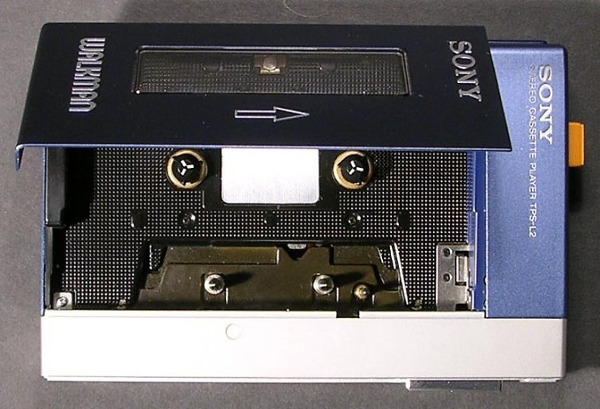My Sound About was a Graduation Gift. Unfortunately, the head phones wore out after a couple of years. I bought a Sony 12V car adapter so I wouldn't wear out batteries while traveling. I later bought a DBX PPA-1 for my DBX cassettes.
Currently, Its a nice paperweight in my den. Hard to believe its been 40yrs.....





























































